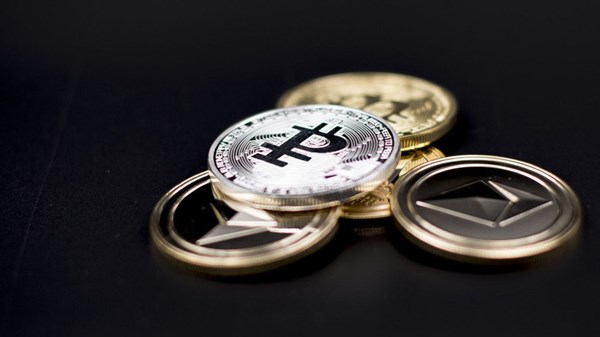Kremlin refuses to save Russian ruble
The ruble’s latest collapse will not force the Russian government to stop buying foreign currency on the Moscow Exchange, the Central Bank of Russia warned.
The dollar’s 3.6 and the euro’s 2.8 ruble spike are “the market’s natural reaction” to the threat of new sanctions, and currency interventions, during which the Finance Ministry has already bought more than $30 billion and plans to buy another $6 billion in August, will continue, the regulator said in a statement released on Friday.
The volume of operations may only be “corrected”, i.e. instead of using 16.7 billion rubles to buy foreign currency, the Central Bank allocated 8.4 billion rubles yesterday.
However, the reduction is only temporary, and will later be compensated for through additional interventions. “In the longer term, operations as part of the budget rule will be fully realized,” the Central Bank warned.
Earnings from an oil price above $40 per barrel, which are stockpiled in the National Wealth Fund, are used by the Russian government to take currency out the economy, to be invested in foreign bank deposits and securities.
Last year, the budget spent 974 billion rubles on currency interventions; 2.74 trillion rubles are planned for the current year, and 3.42 trillion rubles for 2019, according to the Finance Ministry’s “Fundamental directions of budget, tax and customs tariffs policy”. Buying currency has already become the government’s second largest expense item, exceeding the expenditure on defense (2 trillion rubles), police (2.8 trillion rubles), only falling short of the allocation to social policy (4.6 trillion rubles).
Between 2019 and 2021, 8.5 trillion rubles are planned to be spent on intervention, more than twice as much as on the realization of Putin’s May decree, which anticipates an acceleration of the economy, a fight against poverty, and an improvement of the quality of life (3.9 trillion rubles).
In three years, the government will accumulate almost $150 billion in additional reserves – money which will be needed if the economic situation deteriorates sharply again, says Natalya Orlova, chief economist at Alfa-Bank.
The Finance Ministry’s operations reduce the availability of foreign currencies on the market and weaken the ruble. Without them the dollar would be worth less than 50 rubles in Spring, admitted Russian Minister of Economic Development Maxim Oreshkin in April.
The government is not interested in strengthening the ruble even when oil is expensive, Finance Minister Anton Siluanov said in the State Duma on July 11.
“It will be $100 (per barrel) – the exchange rate, remember, was 30 and a bit rubles per dollar. Do we need such ratios now, such fluctuations? Probably not,” he said.
